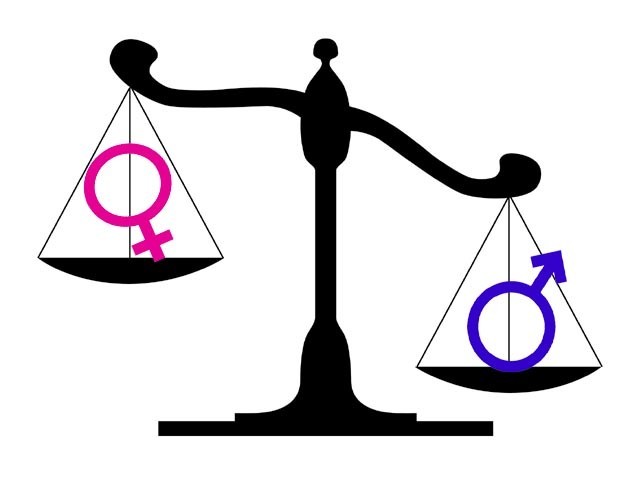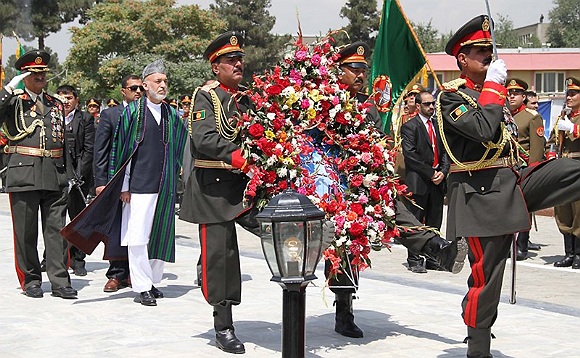There have been notable achievements with respect to women’s participation in Canadian politics in recent years. In 2011, a record number of women were elected to Parliament and the election of Kathleen Wynne as premier of Ontario in February 2013 made her the sixth female provincial leader. Although these are welcome developments in the pursuit of greater gender parity in the Canadian political sphere, they are not – as Kim Campbell, Canada’s only female Prime Minister, has said – reason to be complacent. Despite recent advances, the current trend indicates that it will take 392 years to close the gender gap in Canadian politics and, many would agree, we cannot wait this long to achieve greater gender parity in our country. What is less certain, however, is how Canada should address the issue. It is time for Canada to have a national conversation about women’s participation in political decision making and the various strategies that exist to achieve this essential goal.
The Evidence
In 2012, the World Economic Forum produced a report which analyzed the global gender gap by quantifying gender-based disparities and tracking their progress over time. Their framework was applied to a domestic context by the Canadian Centre for Policy Alternatives (CCPA) who produced a comprehensive overview of women’s participation in Canadian political, social, and economic spheres. The results of the CCPA report are startling. Their conclusions regarding women’s participation in politics are particularly worrisome. Though Canada may not be among the worst countries, it continues to lag behind many of its NATO partners in terms of gender equality.
At present, women represent 25 percent of the Parliament and 10 members of Harper’s 37-member cabinet are women. Although this level of representation is unprecedented, growth has been too slow. Similarly, provincial leadership aside, the membership of provincial legislatures is still only 25 percent women. The report also argued that despite the fact that it is in this area where the most rapid growth is possible, it has been the slowest to undergo necessary change.
Why Does Gender Parity Matter?
Reducing the political gender gap is necessary as evidence demonstrates that women’s involvement in politics makes these institutions more responsive to women’s issues. For example, domestic violence is an issue that directly affects women since 83 percent of domestic violence victims are female. Moreover, this problem costs the Canadian economy $7.4 billion per year and it is an area which falls squarely into the domain of government responsibility: public safety.
The lack of women’s participation in politics in Canada has also resulted in a dearth of female representation on issues of security and foreign affairs. There have been only two women Ministers of Foreign Affairs and only one woman Minister of National Defence. There has never been a Canadian female ambassador to NATO. Despite the fact that for decades women in Canada have constituted a little over 50 percent of the population, their perspectives have been consistently underrepresented in government institutions. Considerable work must be done to narrow the gap between men and women in Canadian political life.
Strategies for Increasing Gender Parity
Proportional representation: Electoral reforms have been proposed as strategies to address the lack of female representation in Canadian politics, the most prominent of which is proportional representation. Proportional representation is a system that differs from the current first-past-the-post system in which a single candidate with the most votes is the declared the winner. In a system of proportional representation, the number of candidates elected is equal to the proportion of the votes the political party received. The Canadian Electoral Alliance claims that proportional representation results in greater citizen confidence in democratic institutions, higher voter turnout, and better representation for women and minorities. Empirical evidence supports these assertions. Of the 20 countries with the greatest female representation, all but one have implemented some form of proportional representation.
[captionpix align=”right” theme=”elegant” width=”400″ imgsrc=”http://this.org/magazine/files/2010/07/ja10-pr-parliament.png” captiontext=”This diagram shows what the Canadian Parliament could look like had proportional representation been implemented in the most recent federal election”]
Proportional representation remains controversial, however, given that this system has the potential to favour party allegiance over local representation. This is a concern for Canada given its much higher degree of regional diversity in comparison to the countries listed above and local representation may be more highly valued. This important difference implies that the political outcomes achieved by proportional representation elsewhere may translate differently in the Canadian context.
Skeptics also argue that women do not participate in politics simply because they have no interest in doing so. According to this perspective, electoral reform of any kind will do little to improve gender parity. This argument is not without merit. A recent study on American women’s participation in politics – or lack thereof – found that women tend to lack political ambition in comparison to men. However, the study also concluded that women lack ambition in this area because they perceive the political environment to be male-dominated and unfriendly. This suggests that if women were more active in the political arena, the environment might appear more amenable and, as such, more women might be more politically inclined.
Gender quotas: Some electoral reform measures include the use of gender quotas, whereby a designated number of men and women must be elected each cycle. Such quotas are often, though not necessarily, combined with proportional representation. For instance, Kim Campbell advocates for the implementation of proportional representation such that each electoral riding must elect a male and a female candidate. The implication of such a reform would be dramatic as it would result in instant gender parity. Gender quotas have been used in countries like Rwanda, which is the top country for political gender parity in the world.
However, the use of quotas is problematic since not all constituencies may have a suitable candidate of each gender. States such as Sweden, Finland, and South Africa have succeeded in achieving over 40 percent gender parity without the use of gender quotas, but political parties in these countries establish internal rules that promote gender equality. The implementation of such internal rules in the Canadian context may not be well received by citizens and candidates of individual ridings who rarely appreciate party interference with local politics.
Promotion of civil society organizations that promote women in politics: Strategies for improving gender parity that do not necessarily involve significant electoral reform are also worth considering. The CCPA report has noted that the presence of women in politics by itself may be insufficient for improving gender parity. Rather, it is the interaction between women in power and civil society organizations that support such aims that are most productive. CCPA therefore argues that government support for such organizations must be increased and charitable laws re-worked to make funding more accessible. As the report explains, “Those few foundations that do fund work that might contribute to closing the gender gap are precluded by the nature of charitable law in Canada from making significant contributions to public advocacy” Civil society organizations can play a role in nurturing and supporting female ambition to participate in politics and are thus helpful in mitigating the problematic nature of electoral reforms.
A National Conversation
Determining which strategy is the most appropriate for achieving gender parity is not straightforward. Conversations on the issue will necessarily be lengthy and contentious, but they must happen. It is not acceptable for Canada to continue to lag behind its NATO partners who have been proactive in addressing the issue. Political leaders like Kim Campbell and Kathleen Wynne have made important contributions to the advancement of women in political decision making, but they are not indications that the struggle toward increasing women’s participation in politics is over. On the contrary, they highlight that the time is ripe for Canadians to take assertive measures to make sure that this positive trend continues. It is time for a national conversation about reducing the gender gap and how best to achieve this goal. 392 years is simply too long to wait.




